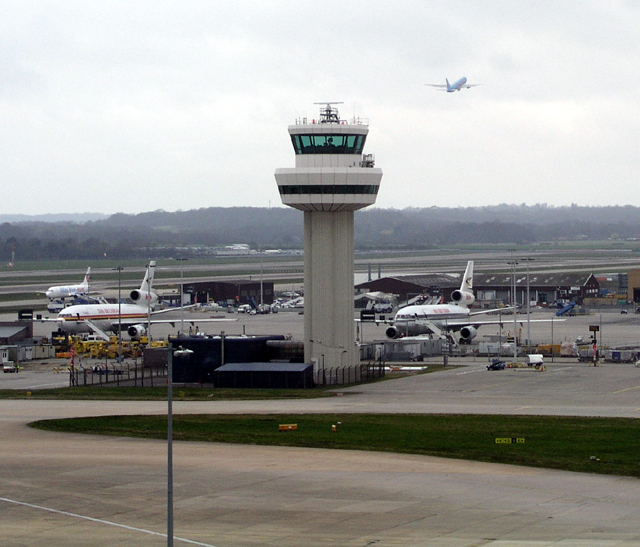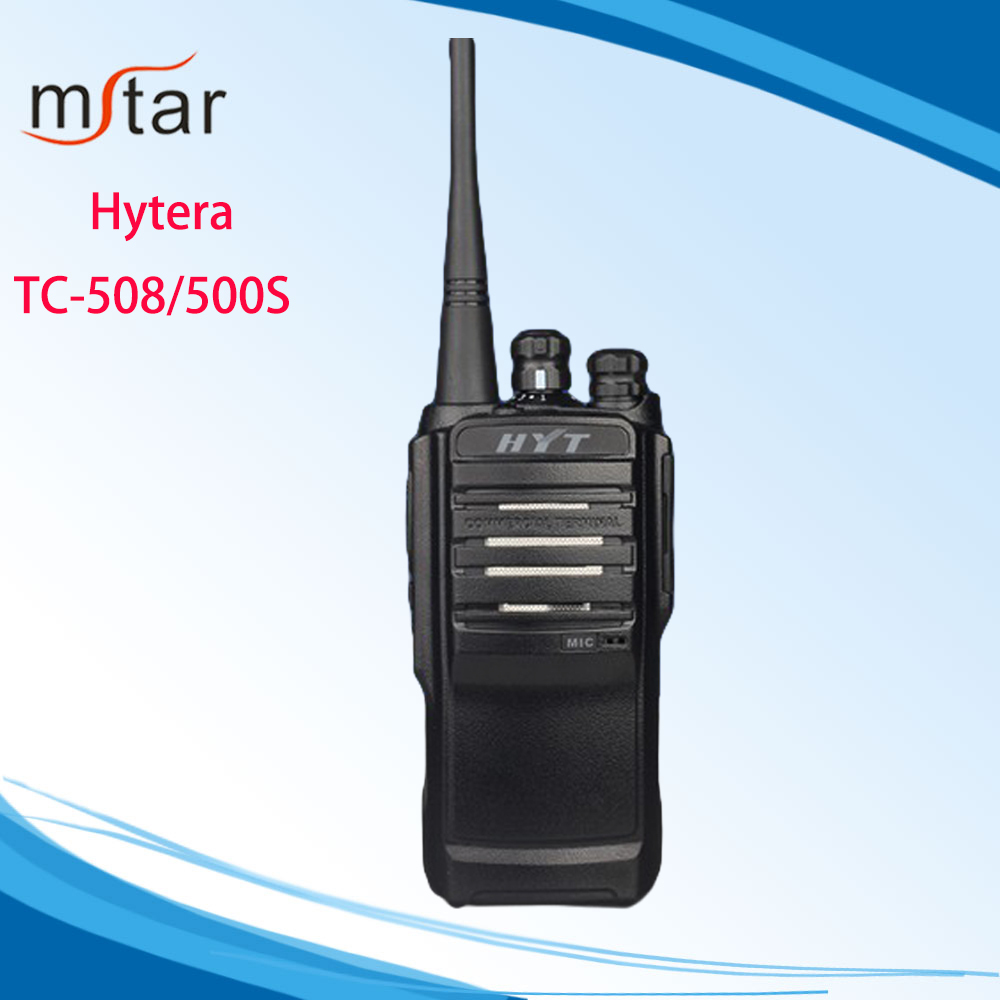The Amsterdam Dance Event is about more than top DJs and partying, reports Senay Boztas

As 375,000 people prepare themselves for big noise at the five-day Amsterdam Dance Event, a business has asked them to listen up: Hearing Health Science is looking for recruits to trial its ‘protective’ hearing pills.
The Amsterdam-based business, co-founded by a leading inner ear neuroscientist from the University of Michigan Dr Josef Miller, has joint USÂ patents on a dietary supplement combination including vitamins A, C, E and magnesium.
Studies have shown some evidence that this ACEMg supplement ‘can be beneficial for reducing hearing loss due to aminoglycosides and overstimulation,’ according to a report in Nature magazine in February, co-authored by Miller. Hearing Health Science hopes to begin producing pills next year and is taking pre-orders at the festival, at a cost of €30 for a four-week supply.
Pilots
It is also looking for volunteers to take part in pilot tests, signing up recruits at the Amsterdam Dance Event, which this year is putting on 2,200 acts in 140 venues and expecting a peak of numbers.
Barry Seifer, co-founder and chief executive of the company explained: ‘The pill we are bringing to market is safe, and you cannot test in the lab by giving someone a problem and then offering to cure it. If you are going to do epidemiological research on something like this â€" noise â€" you have to do it in the real world, where the problem happens. This is a great place to do that research.’
The company is planning pilot tests with volunteers from the ADE â€" although Seifer said they won’t be handing out pills at the door â€" and hopes to invite some of these to a modified crossover study. This should take place when the ‘festival’ season begins from March next year, and subjects will be followed for a period, taking the drug and a placebo at different times, and measuring their hearing through a special app developed at the University of Michigan.
Tinnitus
‘We’ve done it once with a tinnitus trial and now we want to do real-world studies in the music industry,’ says Seifer. ‘Our initial idea was to recruit 20 or 30 people but we have such intense interest that I think we’ll have 500 who sign up. We would love to be able to give this to people now because millions need help, but we’re not quite there yet. We’re not going to stand at the doors and hand out pills.’
A spokesman for ADE said the festival has worked with Hearing Health Science in the past and invited it to speak at an event on Thursday. ‘We believe you need to protect your hearing and welcome initiatives in this field,’ he said. ‘HHS has been working on this hearing protection for a long time and at ADE we are always looking out for innovations in the field of (electronic) music…we also actively offer earbuds to visitors.’
Highlights of the event this year include Afrojack, Hardwell and Martin Garrix, and the festival expects 3% more clubbers, with a steadily pattern of growth over its 10 years. House music and techno are currently the most popular genres.
Seifer adds: ‘We would never tell you to turn the music down. Entertainment goers are trying to keep the music to lower volumes and encourage people to use filters and party plugs â€" these are good. The problem is that this is supposed to be fun!’
Read more at DutchNews.nl: Cover your ears! Amsterdam Dance Event goers invited to hearing pill tests http://www.dutchnews.nl/features/2016/10/cover-your-ears-amsterdam-dance-event-goers-invited-to-hearing-pill-tests/



